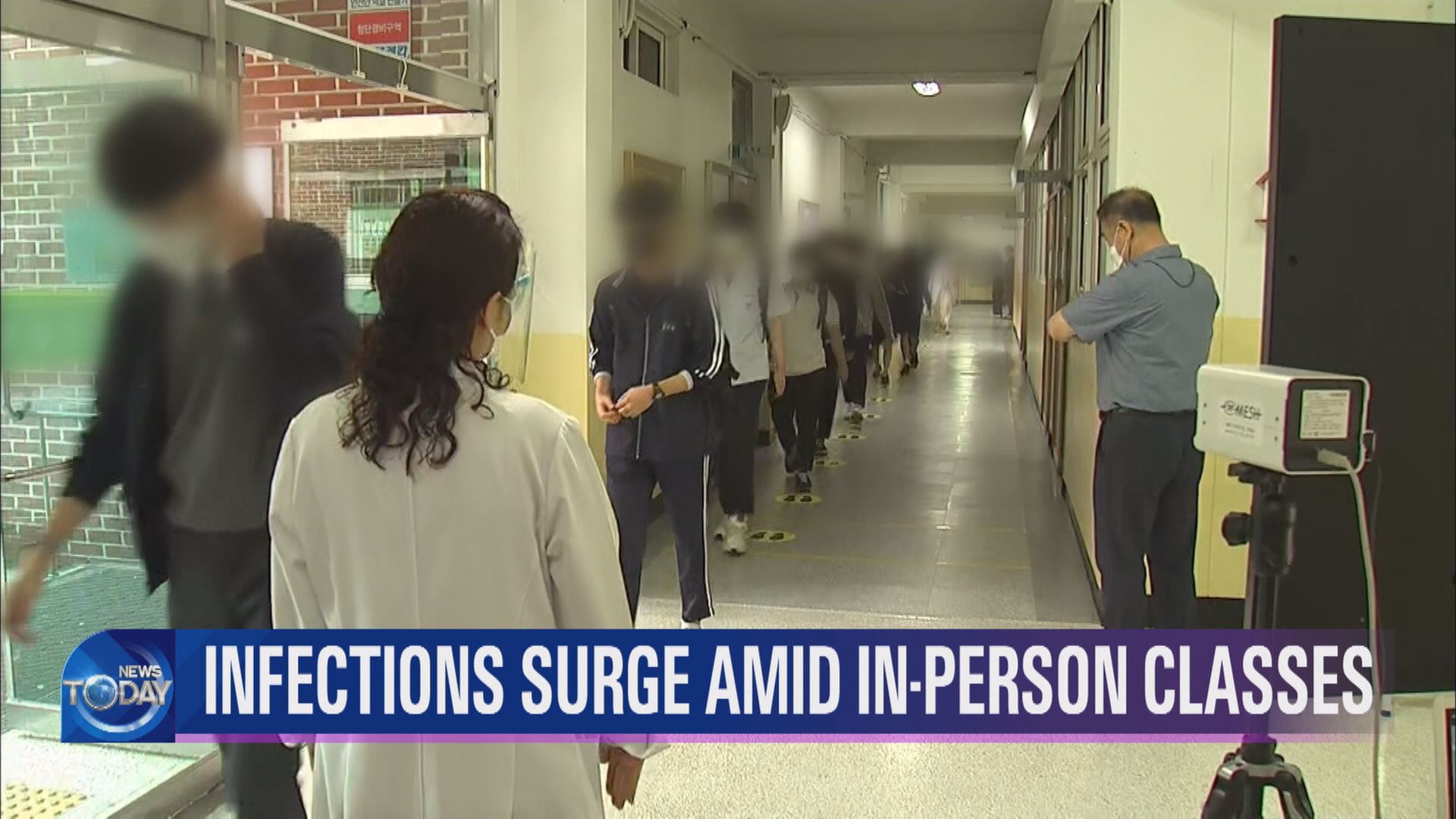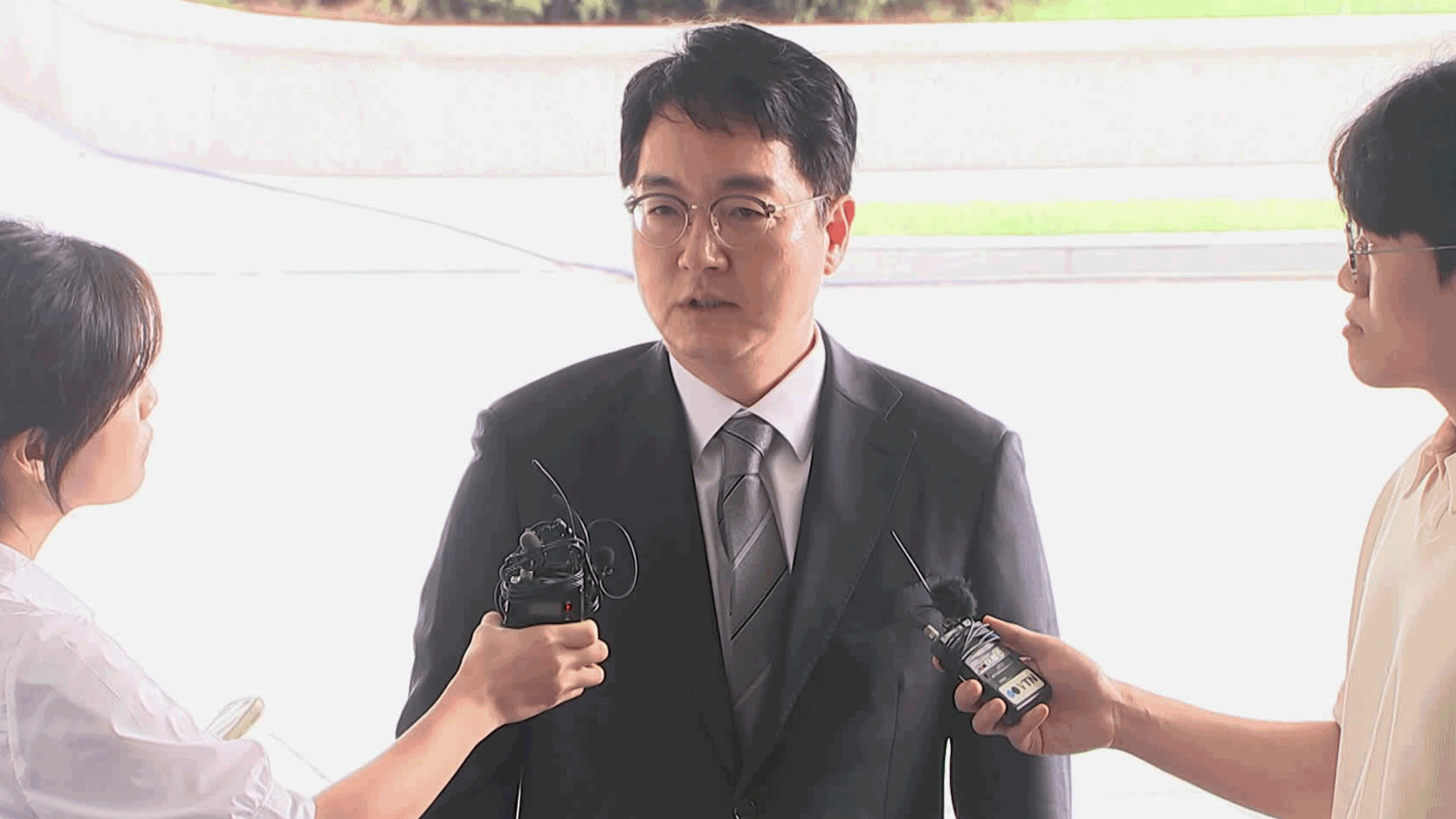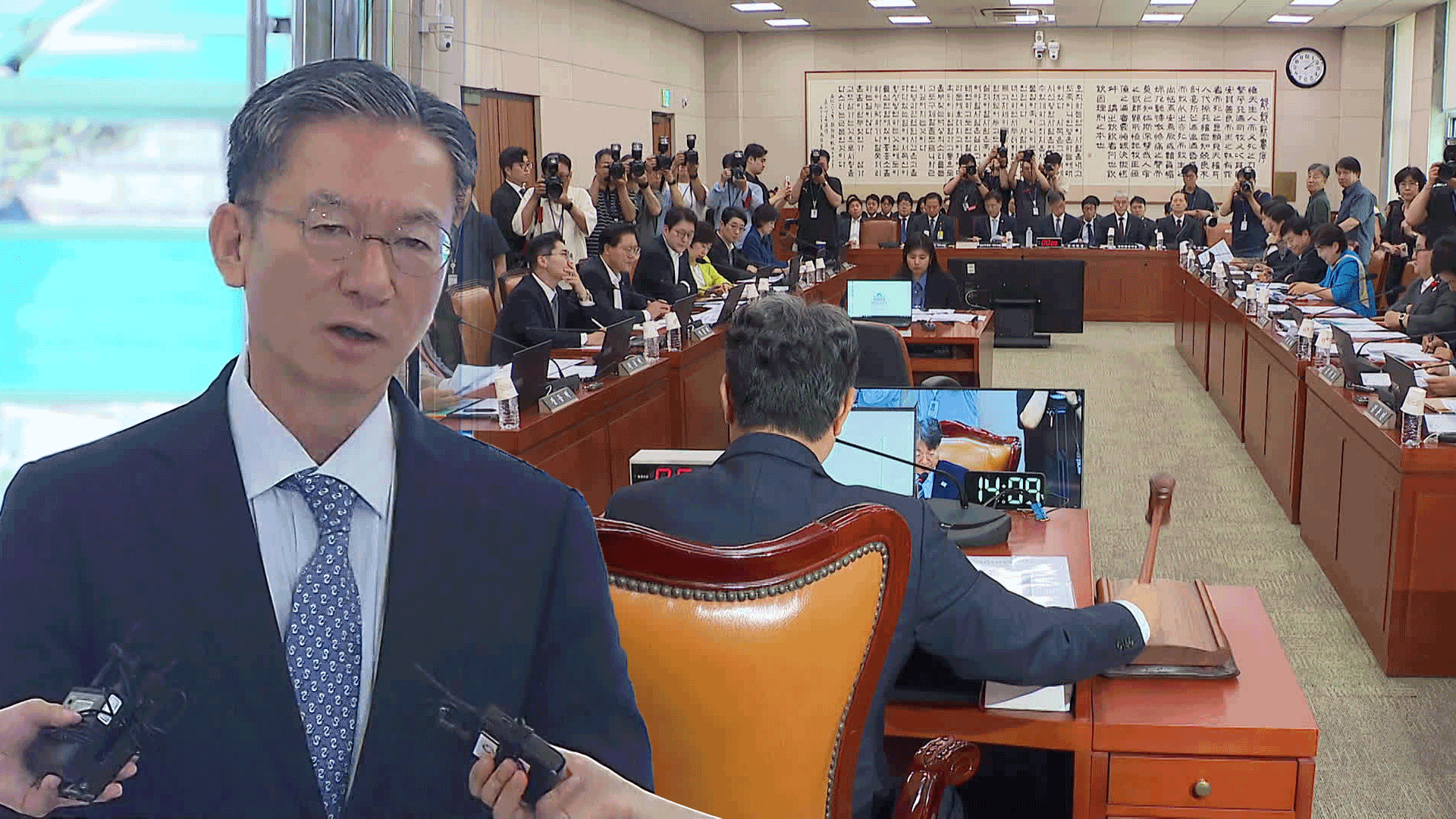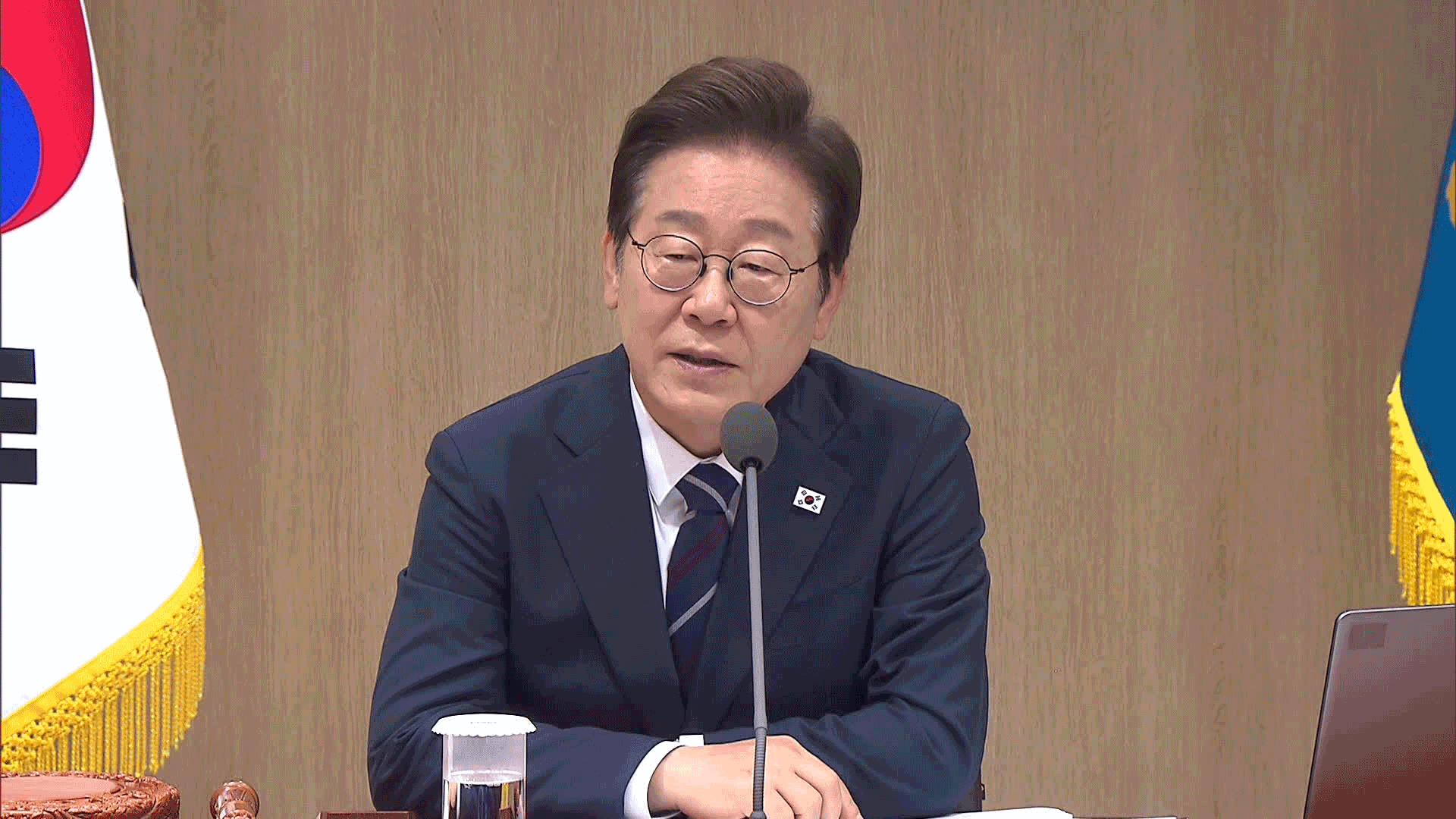S. KOREA REPORTS 2,049 CASES
입력 2021.09.09 (15:15)
수정 2021.09.09 (16:46)
읽어주기 기능은 크롬기반의
브라우저에서만 사용하실 수 있습니다.
[Anchor Lead]
COVID-19 cases have again jumped by more than 2,000, with the so-called weekend effect waning. In particular, the capital area reported 1,400 positive patients and is again emerging as the epicenter of the swell. This is why there are concerns that the surge could spread to other regions, when travels and movements increase during the Chuseok thanksgiving holiday later this month. The government predicted it would be possible to discuss gradually returning to pre-pandemic conditions starting in November.
[Pkg]
South Korea added 2,049 new COVID-19 cases. Of them, 1,407 cases came from the capital area and there are no signs in sight that the wave could subside soon. A gym in Seoul reported a COVID-19 infection last Saturday. The number of positive patients linked to the facility rose to 12 in three days COVID-19 cases again jumped by over 2,000 because of cluster infections like this. It is also due to a 37 percent surge in patients whose infection routes are yet unknown and being investigated. The nation’s weekly tally dropped to the 1,600 level, compared to a month ago. But the capital area reported far more than 1,100 cases on average. More foreigners are testing positive. Last week, they represented over 15 percent of the total infections reported in the nation. Travelling and overall movements grew for two straight weeks nationwide. Health authorities are viewing this trend as a dangerous sign that the COVID-19 spread could further pick up with the Chuseok holiday approaching.
[Soundbite] Kang Do-tae(Central Disaster and Safety Countermeasures HQs) : "The next four weeks are a watershed in determining whether or not we could move closer to pre-pandemic normalcy."
With the goal to vaccinate 70 percent of the nation’s population by late October, the government plans to define the concept of a new normal anti-coronavirus strategy and set detailed rules . It will review switching to the so-called “living with corona” scheme starting in November.
[Soundbite] Sohn Young-rae(Central Disaster Management HQs) : "We plan to phase in these new anti-coronavirus measures starting in November. Therefore, quarantine efforts in September are particularly crucial."
However, health officials are stressing that the transition doesn't mean the easing of the mask-wearing mandate.
COVID-19 cases have again jumped by more than 2,000, with the so-called weekend effect waning. In particular, the capital area reported 1,400 positive patients and is again emerging as the epicenter of the swell. This is why there are concerns that the surge could spread to other regions, when travels and movements increase during the Chuseok thanksgiving holiday later this month. The government predicted it would be possible to discuss gradually returning to pre-pandemic conditions starting in November.
[Pkg]
South Korea added 2,049 new COVID-19 cases. Of them, 1,407 cases came from the capital area and there are no signs in sight that the wave could subside soon. A gym in Seoul reported a COVID-19 infection last Saturday. The number of positive patients linked to the facility rose to 12 in three days COVID-19 cases again jumped by over 2,000 because of cluster infections like this. It is also due to a 37 percent surge in patients whose infection routes are yet unknown and being investigated. The nation’s weekly tally dropped to the 1,600 level, compared to a month ago. But the capital area reported far more than 1,100 cases on average. More foreigners are testing positive. Last week, they represented over 15 percent of the total infections reported in the nation. Travelling and overall movements grew for two straight weeks nationwide. Health authorities are viewing this trend as a dangerous sign that the COVID-19 spread could further pick up with the Chuseok holiday approaching.
[Soundbite] Kang Do-tae(Central Disaster and Safety Countermeasures HQs) : "The next four weeks are a watershed in determining whether or not we could move closer to pre-pandemic normalcy."
With the goal to vaccinate 70 percent of the nation’s population by late October, the government plans to define the concept of a new normal anti-coronavirus strategy and set detailed rules . It will review switching to the so-called “living with corona” scheme starting in November.
[Soundbite] Sohn Young-rae(Central Disaster Management HQs) : "We plan to phase in these new anti-coronavirus measures starting in November. Therefore, quarantine efforts in September are particularly crucial."
However, health officials are stressing that the transition doesn't mean the easing of the mask-wearing mandate.
■ 제보하기
▷ 카카오톡 : 'KBS제보' 검색, 채널 추가
▷ 전화 : 02-781-1234, 4444
▷ 이메일 : kbs1234@kbs.co.kr
▷ 유튜브, 네이버, 카카오에서도 KBS뉴스를 구독해주세요!
- S. KOREA REPORTS 2,049 CASES
-
- 입력 2021-09-09 15:15:14
- 수정2021-09-09 16:46:33

[Anchor Lead]
COVID-19 cases have again jumped by more than 2,000, with the so-called weekend effect waning. In particular, the capital area reported 1,400 positive patients and is again emerging as the epicenter of the swell. This is why there are concerns that the surge could spread to other regions, when travels and movements increase during the Chuseok thanksgiving holiday later this month. The government predicted it would be possible to discuss gradually returning to pre-pandemic conditions starting in November.
[Pkg]
South Korea added 2,049 new COVID-19 cases. Of them, 1,407 cases came from the capital area and there are no signs in sight that the wave could subside soon. A gym in Seoul reported a COVID-19 infection last Saturday. The number of positive patients linked to the facility rose to 12 in three days COVID-19 cases again jumped by over 2,000 because of cluster infections like this. It is also due to a 37 percent surge in patients whose infection routes are yet unknown and being investigated. The nation’s weekly tally dropped to the 1,600 level, compared to a month ago. But the capital area reported far more than 1,100 cases on average. More foreigners are testing positive. Last week, they represented over 15 percent of the total infections reported in the nation. Travelling and overall movements grew for two straight weeks nationwide. Health authorities are viewing this trend as a dangerous sign that the COVID-19 spread could further pick up with the Chuseok holiday approaching.
[Soundbite] Kang Do-tae(Central Disaster and Safety Countermeasures HQs) : "The next four weeks are a watershed in determining whether or not we could move closer to pre-pandemic normalcy."
With the goal to vaccinate 70 percent of the nation’s population by late October, the government plans to define the concept of a new normal anti-coronavirus strategy and set detailed rules . It will review switching to the so-called “living with corona” scheme starting in November.
[Soundbite] Sohn Young-rae(Central Disaster Management HQs) : "We plan to phase in these new anti-coronavirus measures starting in November. Therefore, quarantine efforts in September are particularly crucial."
However, health officials are stressing that the transition doesn't mean the easing of the mask-wearing mandate.
COVID-19 cases have again jumped by more than 2,000, with the so-called weekend effect waning. In particular, the capital area reported 1,400 positive patients and is again emerging as the epicenter of the swell. This is why there are concerns that the surge could spread to other regions, when travels and movements increase during the Chuseok thanksgiving holiday later this month. The government predicted it would be possible to discuss gradually returning to pre-pandemic conditions starting in November.
[Pkg]
South Korea added 2,049 new COVID-19 cases. Of them, 1,407 cases came from the capital area and there are no signs in sight that the wave could subside soon. A gym in Seoul reported a COVID-19 infection last Saturday. The number of positive patients linked to the facility rose to 12 in three days COVID-19 cases again jumped by over 2,000 because of cluster infections like this. It is also due to a 37 percent surge in patients whose infection routes are yet unknown and being investigated. The nation’s weekly tally dropped to the 1,600 level, compared to a month ago. But the capital area reported far more than 1,100 cases on average. More foreigners are testing positive. Last week, they represented over 15 percent of the total infections reported in the nation. Travelling and overall movements grew for two straight weeks nationwide. Health authorities are viewing this trend as a dangerous sign that the COVID-19 spread could further pick up with the Chuseok holiday approaching.
[Soundbite] Kang Do-tae(Central Disaster and Safety Countermeasures HQs) : "The next four weeks are a watershed in determining whether or not we could move closer to pre-pandemic normalcy."
With the goal to vaccinate 70 percent of the nation’s population by late October, the government plans to define the concept of a new normal anti-coronavirus strategy and set detailed rules . It will review switching to the so-called “living with corona” scheme starting in November.
[Soundbite] Sohn Young-rae(Central Disaster Management HQs) : "We plan to phase in these new anti-coronavirus measures starting in November. Therefore, quarantine efforts in September are particularly crucial."
However, health officials are stressing that the transition doesn't mean the easing of the mask-wearing mandate.
이 기사가 좋으셨다면
-
좋아요
0
-
응원해요
0
-
후속 원해요
0










![[HEADLINE]](https://news.kbs.co.kr/data/news/title_image/newsmp4/news_today/2021/09/09/10_5276244.jpeg)



![[단독] 골프연습장 아니라더니<br>…‘한남동 골프연습장’ 도면 입수](/data/news/2025/07/01/20250701_Uh8Jnu.png)


이 기사에 대한 의견을 남겨주세요.